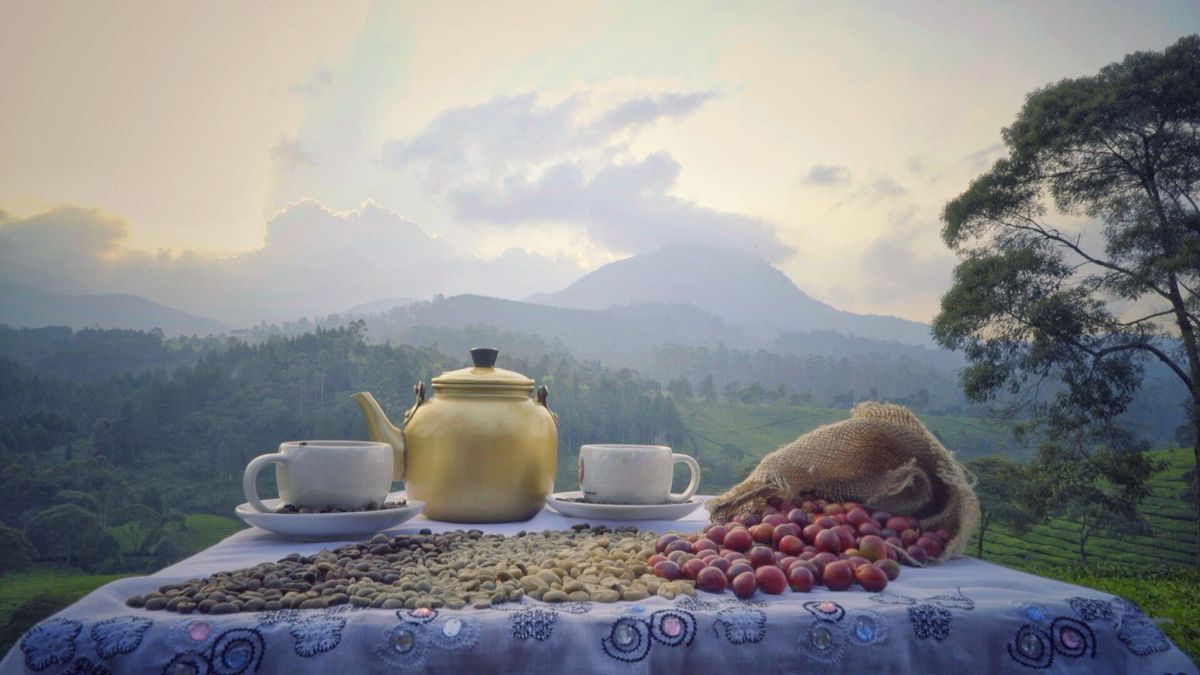Getting the Best from Your Bean - The Ultimate Pour Over Guide
What is Pour Over Coffee?
Some people these days tend to sneer at the Pour Over coffee method. It’s usually because, this method of making coffee is heavily associated with hipsters and their ilk.
You know who we’re talking about here, the kinds of coffee places that feel like they are in Brooklyn even when they are actually in Atlanta, London or Calgary. Your barista will usually have a twirled and waxed moustache (even if they are a woman. Or especially if they are a woman) but will also, confusingly, have a tattoo of a moustache either on their index finger or sometimes actually underneath their real moustache.
There will be stripped brick walls and industrial lighting, even if the shop is in a complex that’s only a year old, and you will absolutely, definitely, be served pour over coffee.
You may laugh at all the background noise, but if you take the time to notice, you may well find that in your hand you actually have a damn fine cup of coffee. That’s because the Pour Over is a time honored method for extracting maximum flavor.
The History of the Pour
The history of Pour Over coffee goes all the way back to 1908, and a lady with the business card busting name of Amalie Auguste Melitta Bentz. We’ll call her Amalie for short.
Amalie loved coffee, but was struggling to get good results from her early 20th century percolator. Channeling her inner MacGyver decades before there actually was a MacGyver, Amalie set to work building a new kind of coffee brewing machine. Using blotting paper from her son’s schoolbook and a copper pot that she knocked holes in with a nail (yes, really), Amalie invented the first pour over coffee machine.
After working to perfect the design, the first Melitta branded Pour Over Coffee makers hit the shelves in the 1950s, and have remained extremely popular ever since.
Fool Proof Pour Over Coffee Steps
(This pour over method is slightly different than the method in our brewing guide. Both work well! It’s up to you to decide which you like more).
Step 1 – Boil a kettle. Remember to use filtered water if you’ve got it.
Step 2 – Whilst the water boils, prep your brewer by putting in a sheet of filter paper. If your beans need grinding, now is the time to do this to ensure maximum freshness. For Pour Over coffee it is best to grind the beans to the consistency of kosher table salt.
Step 3 – Use a little water to rinse the filter and preheat the contraption, and then discard this water. Next add your ground beans, allowing around 15 grams of ground bean to make 8 ounces of fluid coffee.
Step 4 – It’s watering time! Start at the center of the ground coffee and move the stream of water in an outward, circular motion. Stop when the ground coffee is saturated with water but no coffee is dripping through yet. Let the coffee ground sit for a moment or two.
Step 5 – Add the remaining water, nice and slowly, keeping the dripper about 50% full at all times and pausing when it gets too full.
The next stage is the best – remove your coffee, decant into a favorite cup or mug then sit back and enjoy.
